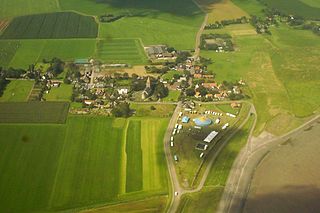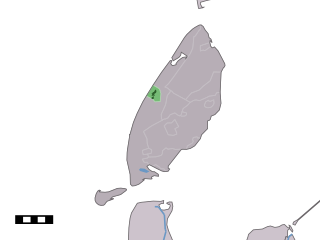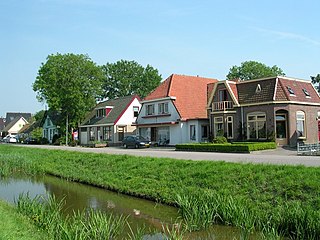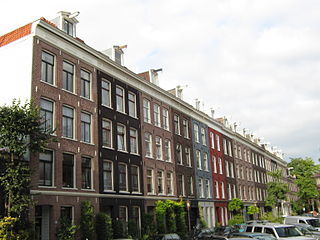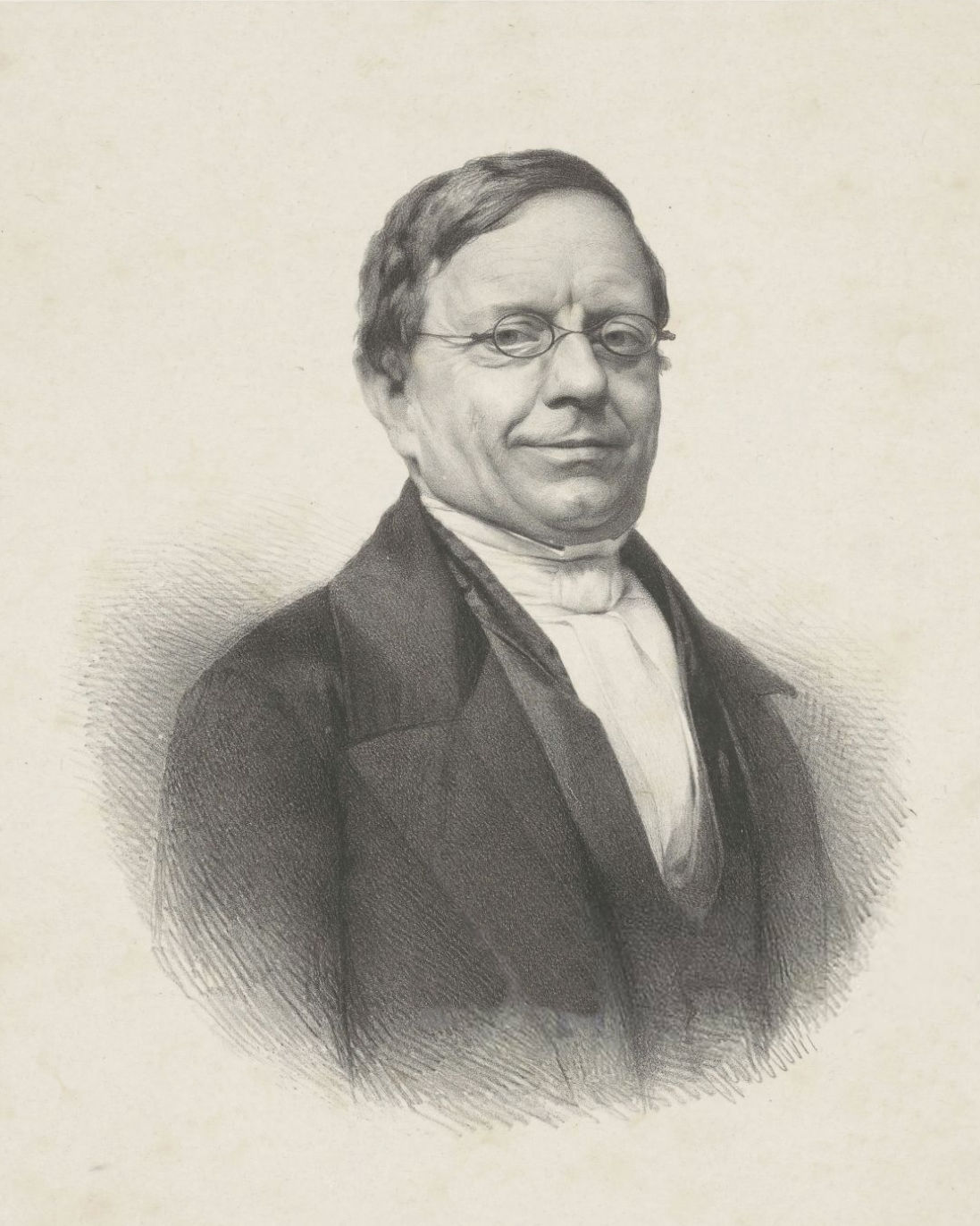This article includes a list of references, related reading or external links, but its sources remain unclear because it lacks inline citations .(May 2015) (Learn how and when to remove this template message) |

Eierland (Dutch pronunciation: [ˈɛiərlɑnt] ) is a former island in the Netherlands. It is now the northern part of the island of Texel. The name means "egg land", named for the seagull eggs that were collected on the island and sent to Amsterdam.

The Netherlands is a country located mainly in Northwestern Europe. The European portion of the Netherlands consists of twelve separate provinces that border Germany to the east, Belgium to the south, and the North Sea to the northwest, with maritime borders in the North Sea with Belgium, Germany and the United Kingdom. Together with three island territories in the Caribbean Sea—Bonaire, Sint Eustatius and Saba— it forms a constituent country of the Kingdom of the Netherlands. The official language is Dutch, but a secondary official language in the province of Friesland is West Frisian.

Texel is a municipality and an island with a population of 13,641 in the province of North Holland in the Netherlands. It is the largest and most populated island of the West Frisian Islands in the Wadden Sea. The island is situated north of Den Helder, northeast of Noorderhaaks, also known as "Razende Bol" and southwest of Vlieland.
The island of Eierland was a part of Vlieland until the 13th century, when it became a separate island. During the 16th century, a sand bank grew in the sea arm between Texel and Eierland, which eventually was submerged only at extremely high tide. In 1629 and 1630, a dam was built connecting the two islands, and Eierland ceased to exist as a separate island.

Vlieland is a municipality and island in the northern Netherlands. The municipality of Vlieland has one major town, Oost-Vlieland. It is the second most sparsely populated municipality in the Netherlands, after Schiermonnikoog.
The shallow waters between the two islands were sold to a group of developers led by trader Nicolaas de Cock from Antwerp in 1835. Within twenty weeks, a dyke was built around this area, and a polder was created, the Eierlandse Polder. This meant a significant enlargement of the island of Texel.

Antwerp is a city in Belgium, and is the capital of Antwerp province in Flanders. With a population of 520,504, it is the most populous city proper in Belgium, and with 1,200,000 the second largest metropolitan region after Brussels.

A polder is a low-lying tract of land enclosed by dikes that form an artificial hydrological entity, meaning it has no connection with outside water other than through manually operated devices. There are three types of polder:
- Land reclaimed from a body of water, such as a lake or the sea bed
- Flood plains separated from the sea or river by a dike
- Marshes separated from the surrounding water by a dike and subsequently drained; these are also known as koogs especially in Germany
The lighthouse of Texel, the Eierland Lighthouse, is located on the northern tip of the former island. This area was formerly known as het Engels Kerkhof, the English Cemetery. Many sailors from nearby shipwrecks were buried here.

The Eierland Lighthouse is a lighthouse on the northernmost tip of the Dutch island of Texel. It is named for the former island Eierland.
The village of De Cocksdorp (named after Nicolaas de Cock) and the hamlets Midden-Eierland and Zuid-Eierland are located in the Eierlandse Polder.

De Cocksdorp is a town in the Dutch province of North Holland. It is a part of the municipality of Texel, and lies about 25 km north of Den Helder.

